J&L Oil Separator Co. Oil Separator “Catch Can” 5,000 Mile Long-Term Review & Overview – Mounted On 3rd Gen (2016-2023) Tacoma
In this post I’ll be covering the J&L Oil Separator Co.’s “Catch Can” oil separator mod for the 3rd gen Tacoma.
We’ll go over some basics about how a catch can works, why you might (or might not) need one, briefly describe the install process and finish up with how this has performed between oil changes (or 5,000 miles).
Find It Online
Long Term Oil Catch Can Review
What Is An Oil Catch Can?
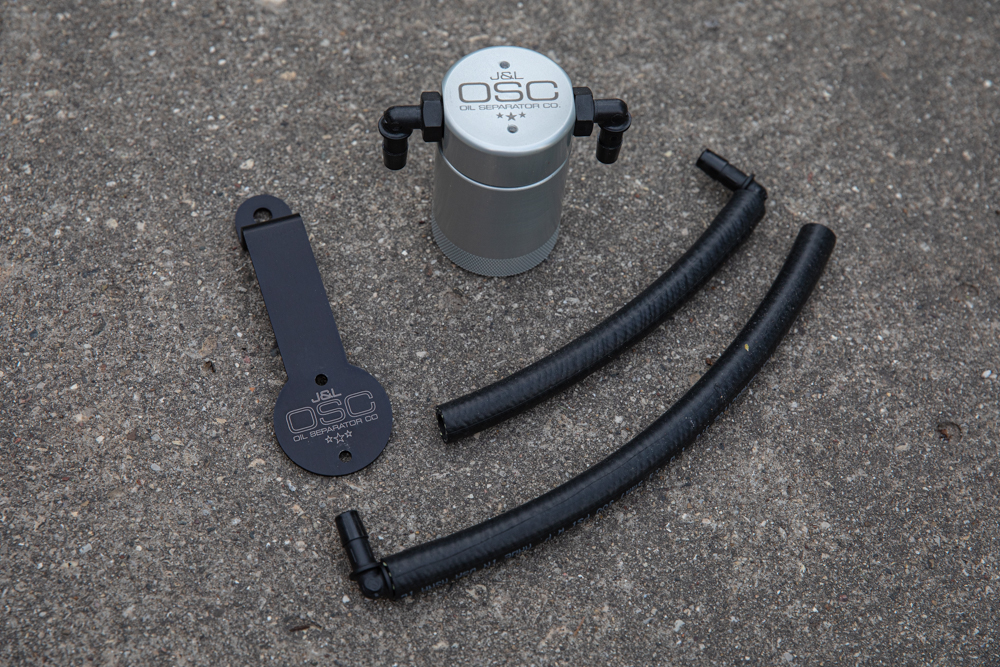
I, for one, had no idea what these were outside of hearing mention of them when you install some kind of turbo charger or supercharger. Essentially the oil separator interrupts the crank case ventilation line with a filtration system. This allows your crank case vapors to cool and “catch” in the can-style filter without caking on into your blower rotors, your intake valves, your intercooler fins, etc.
You might be saying “Well doesn’t this happen in all engines then?” The answer: yes. Modern combustion engines have significantly increased the quality and efficiency of the crank case breathing system so they do not have to use these to insure life of the engine. However, even with these improvements, oil and gunk still find their way through there. If you’re at all worried about the longevity of your engine, keeping your intake vales clean or you just want a fun mod to install, this is definitely something to look into.
About J&L OSC
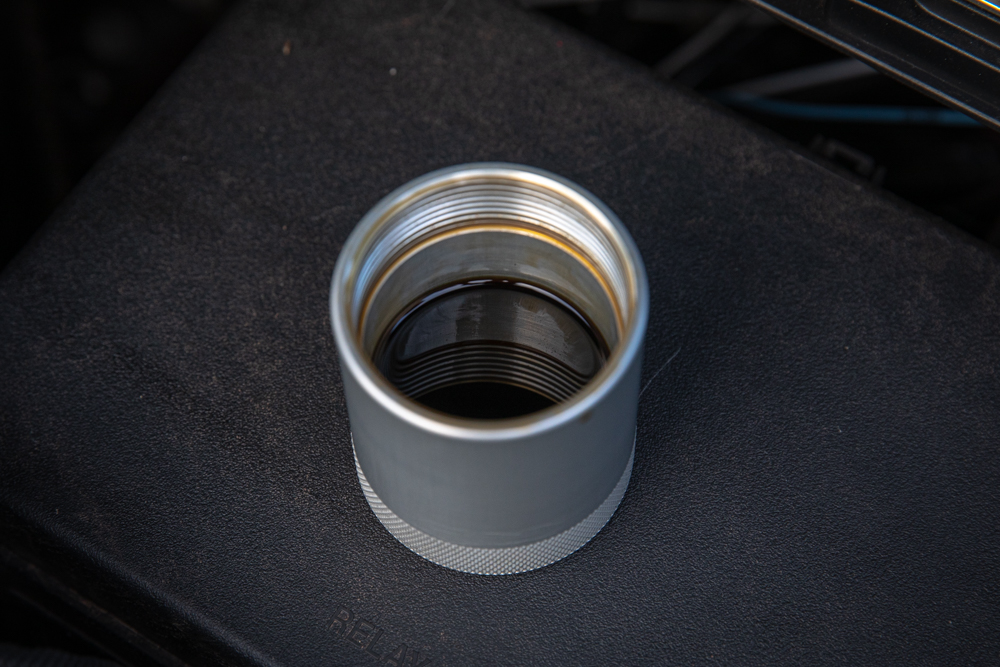
J&L Oil Separator Co. has designed a compact sleek-looking 3oz billet filter to solve for your oil separation needs. Servicing mainly Ford, Mopar and GM vehicles, J&L also offers a universal option stating that their separator is designed to work on any engine. Their vehicle specific kits mostly include plug and play factory PVC lines already attached and some additional mounting hardware. For the Tacoma owner, or anyone else, there’s a bit of an extra step, but it’s still nearly plug-and-play.
Installation
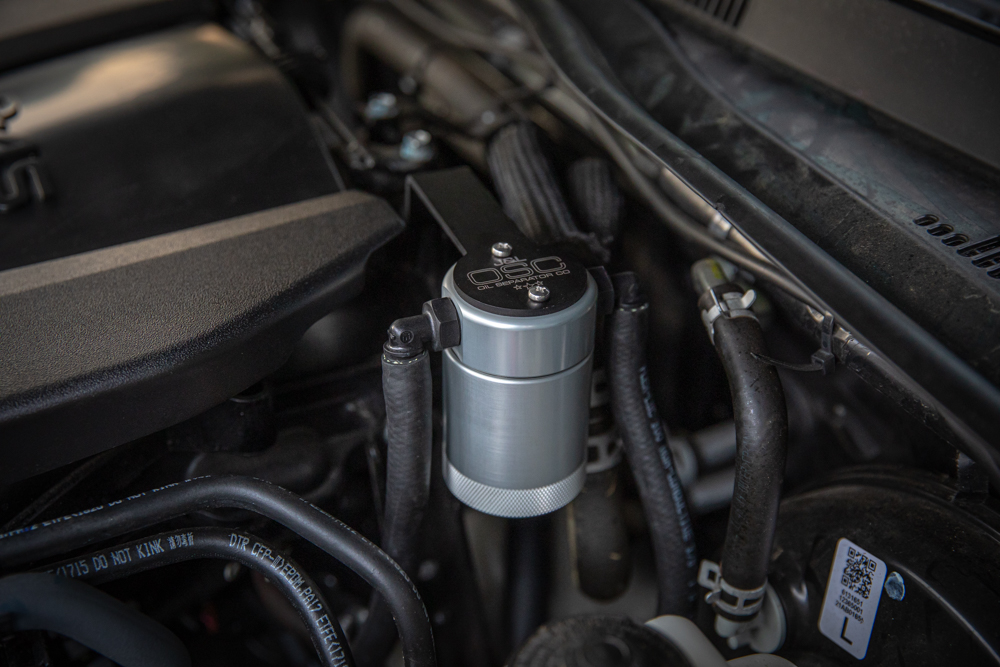
Installing the catch can was very simple. J&L has an easy guide online to make this process as seamless as possible – after all, it CAN be a little intimidating to start moving around and cutting lines inside your engine bay. After familiarizing myself and carefully reading the guide, it seemed pretty straightforward.
From here, I removed and cut the crank case lines at the recommended lengths, reattached to the J&L oil separator using the provided hardware and finally mounted it to the conveniently located spare OEM mounting point on top of the engine using the hangar bracket. It took about 15 minutes and some wiggling around but went on super easy. It has a factory look and very smooth action when removing the can. I would recommend not over tightening, especially in winter, it can get pretty snug on there between oil changes.
Check out this install guide for more details.
5,000-Mile Review – How Much Did It Collect?
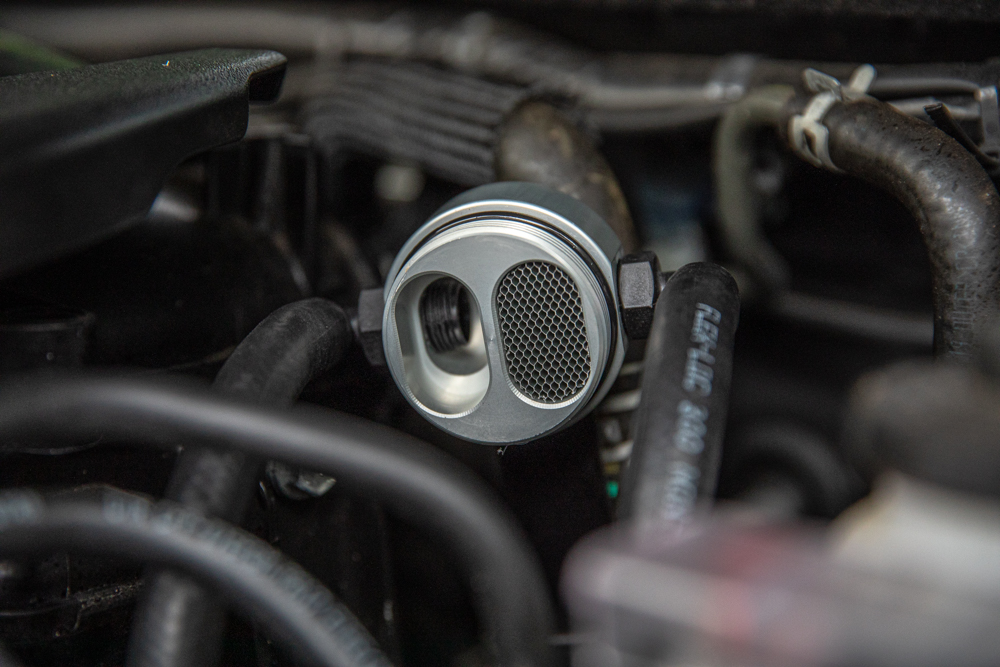
I’ve been running the catch can for over 5,000 miles and decided to take a look inside when I did my oil change. Simply put, I was not expecting the amount of gunk I found in there. I have a fairly new Tacoma (2022) so I was not expecting to have a half full separator reservoir. I wasn’t entirely sold on these until I experienced it first hand. This being said, every subsequent oil change has had much less “gunk” inside the separator. From talking to a few other folks who have installed these, the first cleanout seems to have the most particulate and the rest taper out to about 1/3 full – which has proven true so far.
As stated previously, this blow through is normal for a modern engine, however, keeping that bit out of my lines and away from my valves and intake gave me extra peace of mind and with how easy it is to install and evacuate the collected material – it’s almost a no-brainer. I plan on putting a lot of miles on this truck and keeping it for a long time so adding this into the maintenance cycle really isn’t that tedious.
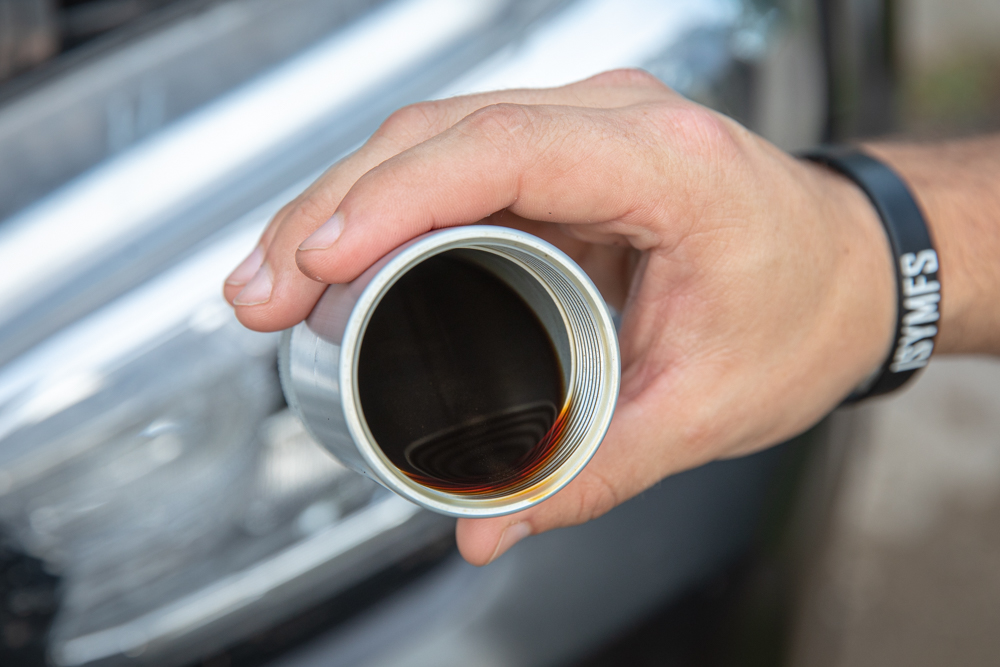
When removing the can I noticed one of my line clamps was rubbing up against the oil separator in the engine bay, after 5,000 miles and all the rattling around in the engine it actually started to wear away at the can (steel clip on aluminum probably wasn’t a great thing to miss on my part). So if you’re installing it on your Tacoma, try and keep the clip facing away from the catch can. Other than the clip and some playing around with just how tight to keep the lid there’s not much to complain about here. It looks awesome, fits in with your regular maintenance cycle and increases the longevity of your engine.
Final Thoughts
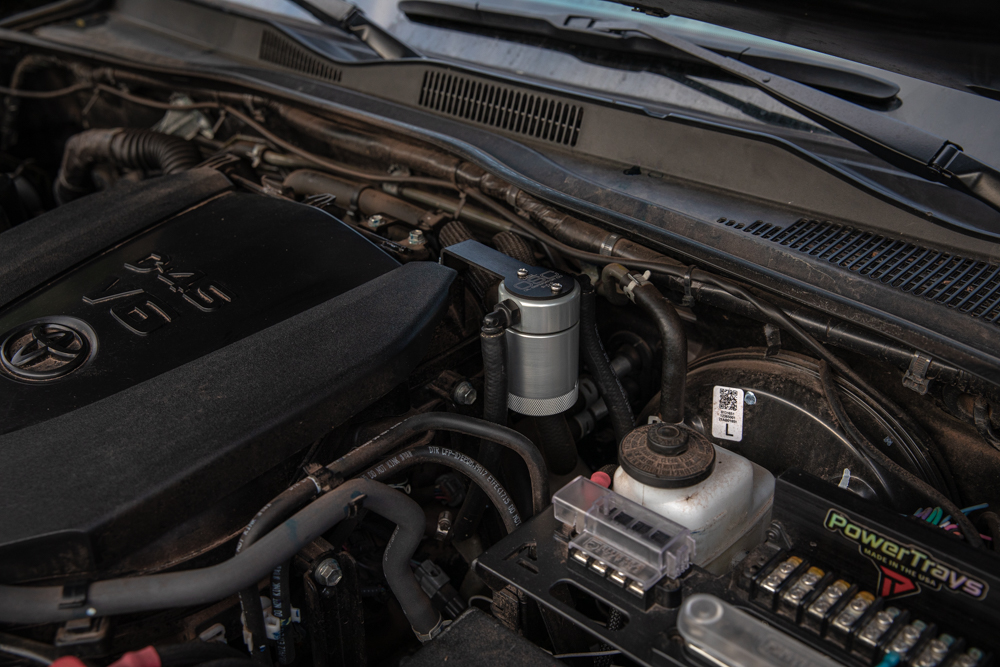
Do you need one? NO! J&L even let us know on their website, if you’re not experiencing issues or you don’t need it, don’t buy it. That being said, for the price (about $150) and a 15-minute project I’d say this is definitely a “worth-it” addition. Especially for the peace-of-mind that you’re keeping the engine and components that much cleaner which is going to help the longevity of your vehicle at the end of the day.
Overall, I was really impressed with this little mod; it’s not gimmicky and gets the job done. J&L Oil Separator Co. is made in the USA and has universal application. On their website they offer complete kits for specific manufacturers and even a universal option that fits great in most engine set ups. I really liked the simple but strong design that looks factory inside the engine bay. Who knows? – maybe this will motivate me to getting around to a forced induction system. If anything it will help keep all that extra blow by and gunk out of my engine so I can keep racking up the miles on the trail.
